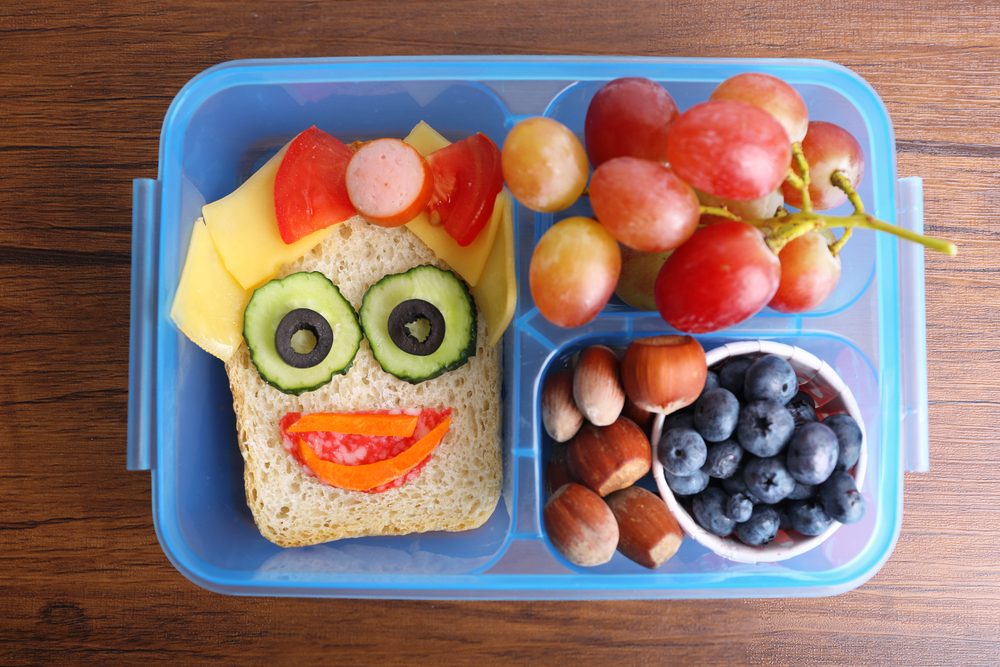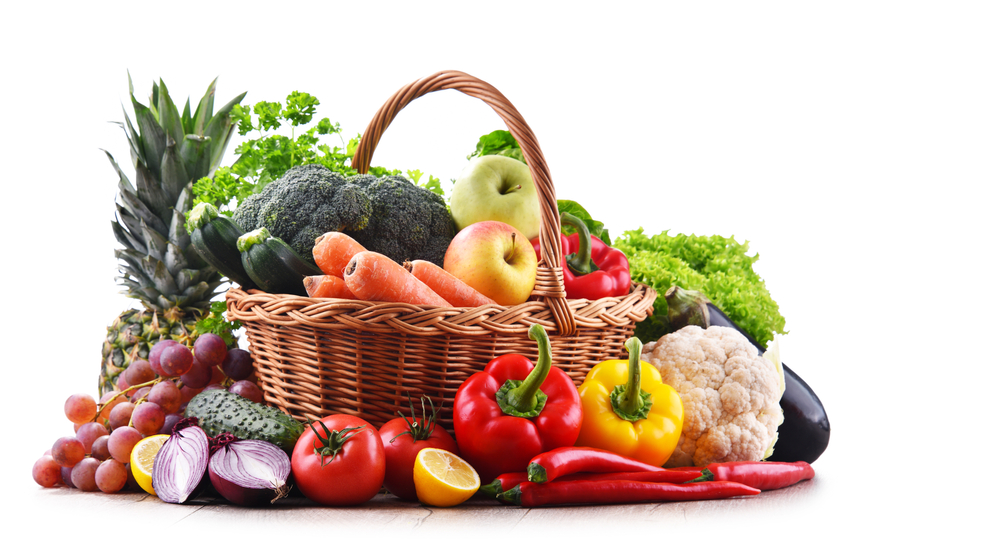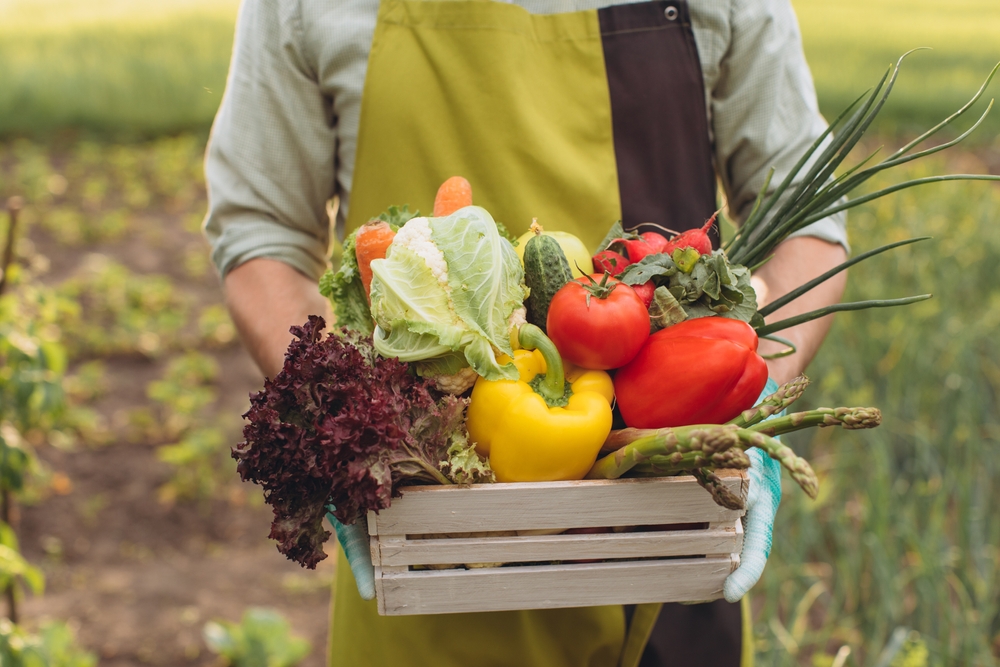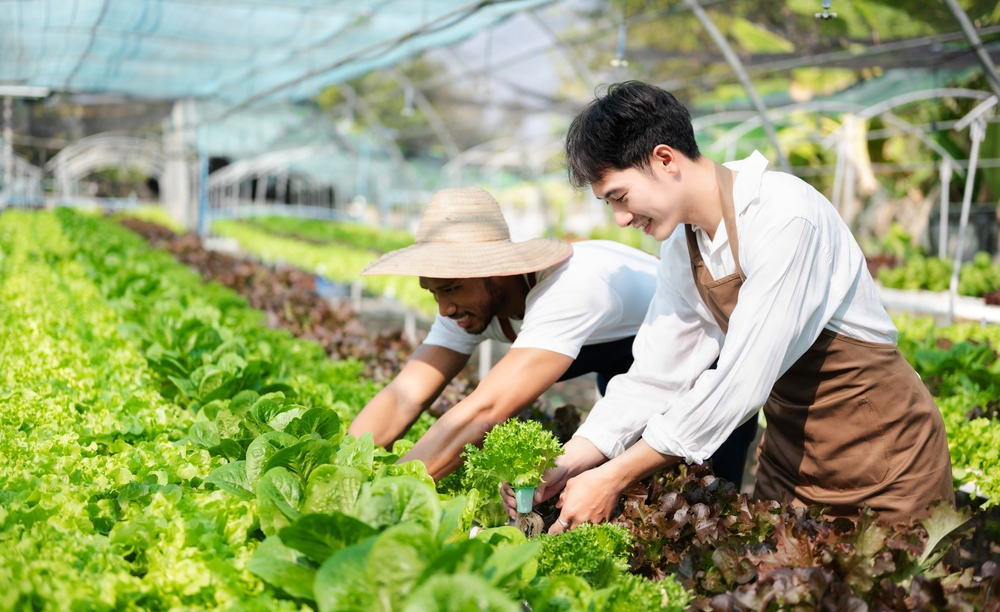
Written by: Registered Public Health Nutritionist (UK) and Nutritionist, Ng Pui Yu
Many parents have encountered the issue of their children having difficulty with bowel movements. When this problem arises, parents usually increase the fiber content in their children’s diet, but the effectiveness varies from person to person. What should be noted in this process?
What is an appropriate amount of fiber?
Many people know that eating foods high in fiber such as whole grains, nuts, beans, fruits (like prunes, figs, kiwis, bananas, apples, pears, etc.) and vegetables (like eggplants, bell peppers, daylilies, amaranth, broccoli, cabbage, mustard greens, spinach, Chinese broccoli, snow fungus, mushrooms, etc.) can stimulate intestinal peristalsis. It turns out that when fiber absorbs water, it becomes soft and expands like a sponge, stimulating the urge to defecate. Sufficient fiber also helps promote the growth of beneficial bacteria in the intestines, which can improve constipation. It is important to note that when increasing dietary fiber, it should be done gradually, increasing slowly every few days, otherwise, if the body cannot adapt, it may make the stool even harder.
The daily dietary fiber requirement for children is their age plus 5 grams. For example, a 4-year-old child should have a daily dietary fiber intake of about 4+5=9 grams. To consume enough fiber, children aged 2 to 5 years old need at least 1.5 servings of vegetables (1 serving = 1/2 bowl of cooked vegetables) and at least 1 serving of fruit (1 serving = 1 medium-sized fruit, such as an orange or apple) per day.

Is the water intake really sufficient?
Often, parents claim that their child drinks a lot of water, but the bowel movements are still not ideal. Upon further inquiry, it turns out that they only drink about 500 to 600 milliliters a day, which is not enough. Parents should know that fiber and water are partners; there must be enough water for the fiber to absorb, swell, and soften, which stimulates intestinal peristalsis. If there is sufficient fiber but not enough water, it can make the stool hard and even more difficult to pass. In fact, children aged 2 to 5 years old need 4 to 5 cups of fluid a day, which is about 1000 to 1250 milliliters, and at least half of this should be plain water. If the weather is hot or dry, if there is a lot of sweating, if the child is very active, or if the dietary fiber intake is increased, then more water should be consumed.
Additionally, daily appropriate exercise can also help stimulate intestinal peristalsis and aid in bowel movements; developing a habit of going to the toilet at regular times can also help improve constipati

Dietary Fiber Content Chart (Source: Department of Health)
Food | Dietary Fiber Content (grams) |
Grains |
|
White Rice, 1 bowl | 0.8 |
Brown Rice, 1 bowl | 4.5 |
Whole Wheat Bread, 1 slice | 3.4 |
Oatmeal (Dry), 1/3 bowl | 2.7 |
|
|
Fruits / Dried Fruits |
|
Apple, with skin, 1 medium | 4.4 |
Orange, 1 medium | 3.1 |
Banana, 1 piece | 3.1 |
Dried Plums, pitted, 3 pieces | 2.0 |
Raisins, seedless, small box | 1.5 |
Dried Apricots, pitted, 5 pieces | 2.6 |
|
|
Vegetables |
|
Broccoli, cooked, 1/2 bowl | 2.6 |
Chinese Broccoli, cooked, 1/2 bowl | 1.3 |
Lettuce, raw, 1 bowl | 0.9 |
Tomato, raw, 1 medium | 1.5 |
Corn Kernels, cooked, 1/2 bowl | 2.0 |
Green Peas, cooked, 1/2 bowl | 4.4 |
Sweet Potato, cooked, peeled, 1 medium | 3.8 |
|
|
Legumes |
|
Lima Beans, cooked, 1/2 bowl | 5.6 |
Soybeans, cooked, 1/2 bowl | 5.2 |
Red Beans, cooked, 1/2 bowl | 8.4 |
Mung Beans, cooked, 1/2 bowl | 7.7 |
1 bowl = 240 ml
Note: Everyone’s health condition is different, so it is advisable to consult a dietitian for individual dietary plans and precautions.


